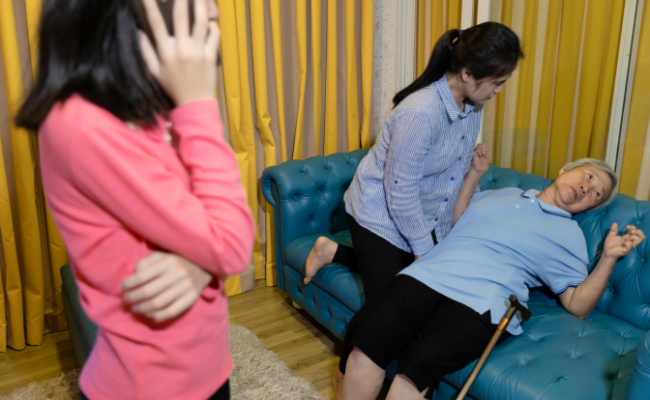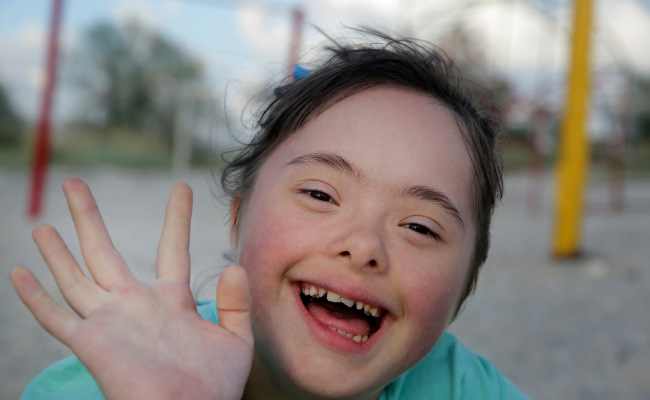How to Treat Charcot Marie Tooth Disease?
- January 10, 2024
- No Comments
What is Charcot-Marie-Tooth Disease (CMT)?
Charcot-Marie-Tooth Disease (CMT) is an inherited neurological disorder characterized by the degeneration of peripheral nerves, resulting in progressive muscle weakness and atrophy, especially in the lower limbs. This condition, named after the pioneering physicians Jean-Martin Charcot, Pierre Marie, and Howard Henry Tooth in 1886, encompasses a range of genetic disorders affecting both motor and sensory functions.
CMT, with its six primary types, is a condition that affects the nerves responsible for regulating muscle movements. These types stem from genetic mutations inherited from one or both parents. As the most prevalent form of inherited peripheral neuropathy, CMT defines a category of disorders involving the peripheral nervous system, which includes nerves outside the spinal cord and brain. The term "peripheral" derives from the Greek language, indicating the area "around" or "outside the center."
Why does Charcot-Marie-Tooth Disease Occur?
CMT is primarily caused by genetic mutations affecting the peripheral nerves, which play a crucial role in transmitting signals between the brain and muscles. The genetic mutations can lead to a variety of issues, including the abnormal production of proteins necessary for maintaining the health of nerve fibers. As a result, the nerves gradually degenerate, leading to muscle weakness, loss of sensation, and difficulties with balance and coordination.
How Does Charcot-Marie-Tooth Disease Manifest?
- The manifestation of CMT varies among individuals and can be influenced by the specific genetic mutation involved. Common symptoms include muscle weakness, particularly in the legs and feet, high arches or flat feet, hammertoes, and difficulty walking. Additionally, individuals with CMT may experience a reduced ability to feel pain, heat, and cold due to sensory nerve involvement.
- The progression of CMT is typically gradual, and symptoms may appear in early childhood or later in life. The severity of the disease can also differ significantly, even among family members with the same genetic mutation.
Treatment Solutions for Charcot-Marie-Tooth Disease
While there is currently no cure for Charcot-Marie-Tooth Disease, various treatment approaches aim to manage its symptoms and improve the quality of life for affected individuals.
- Physical Therapy: Physical therapy plays a crucial role in managing CMT symptoms. Therapists focus on exercises that enhance muscle strength, flexibility, and balance. These exercises can help individuals maintain mobility and reduce the risk of falls. In some cases, orthopedic devices such as braces or orthopedic shoes may be recommended to provide additional support.
- Occupational Therapy: Occupational therapy aims to address the challenges individuals with CMT may face in daily activities. Therapists work with patients to develop strategies and adaptive techniques that make tasks like dressing, grooming, and cooking more manageable.
- Assistive Devices: The use of assistive devices can significantly improve the independence and functionality of individuals with CMT. Devices such as canes, walkers, and orthopedic braces can help compensate for muscle weakness and enhance mobility. Customized orthopedic footwear may also be prescribed to provide better support and stability.
- Medications: Certain medications may be prescribed to manage specific symptoms of CMT. For example, pain relievers can help alleviate discomfort associated with muscle cramps and joint pain. However, it's essential to carefully manage medications to avoid potential side effects.
- Surgical Interventions: In some cases, surgical interventions may be considered to address deformities or complications associated with CMT. Procedures such as tendon transfers or corrective surgeries for foot deformities can improve function and reduce pain.
Benefits of Treating Charcot-Marie-Tooth Disease
- Improved Mobility: One of the primary benefits of treatment is improved mobility. Physical therapy, assistive devices, and orthopedic interventions can help individuals with CMT maintain or enhance their ability to move, walk, and perform daily activities.
- Enhanced Quality of Life: Treatment measures can significantly contribute to an enhanced quality of life for individuals with CMT. By addressing specific symptoms and providing support for daily activities, treatment helps individuals overcome challenges associated with the disease.
- Prevention of Complications: Early intervention and appropriate treatment can help prevent or mitigate complications associated with CMT. This includes addressing issues such as muscle contractures, joint deformities, and the risk of falls, reducing the overall impact of the disease on the individual's well-being.
- Functional Independence: Through the use of assistive devices and therapeutic interventions, individuals with CMT can achieve a greater level of functional independence. This includes the ability to perform tasks independently and participate in social and recreational activities.
- Psychological Well-being: Effective treatment not only addresses the physical aspects of CMT but also contributes to psychological well-being. By managing symptoms and improving function, individuals with CMT can experience a sense of control and empowerment, positively impacting their mental health.









Comments (0)
No comments yet